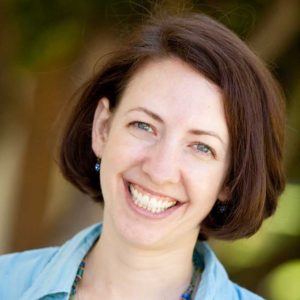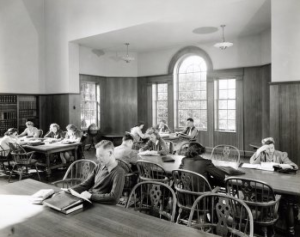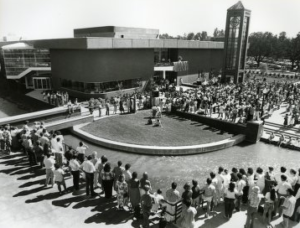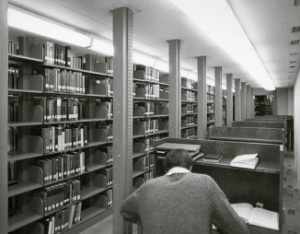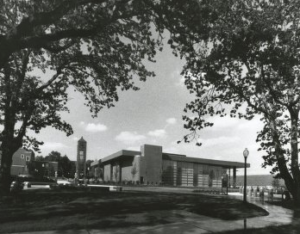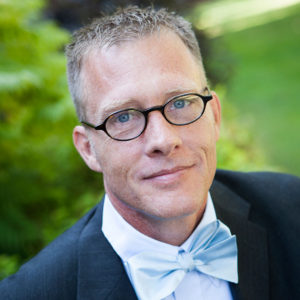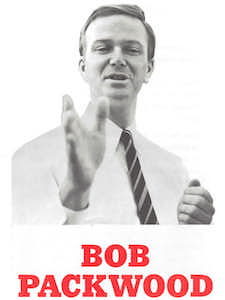By Jenny Gehringer
PNAA Processing Archivist
Two (soon-to-be three!) Pacific Northwest Artists Archive (PNAA) collections are processed and open to the public. Over the next 16 months, 13 more collections will be processed thanks to the National Historical Publications and Records Commission (NHPRC) grant Willamette University recently received to increase accessibility to this interesting and important Archive.
The inaugural PNAA collection was the Robert Bibler papers. Robert Bibler is a professional artist and retired college instructor who currently resides in Salem, Oregon, with his wife, artist Carol Hausser. He taught studio art and film studies at Chemeketa Community College in Salem, Oregon from 1973 to 2003. Bibler’s love of classic film inspired him to coordinate two film series: The Amherst Film Cooperative (1972) at the University of Amherst in Amherst, Massachusetts, which he developed with John Morrison and The Wednesday Evening Film Series at Chemeketa Community College (1974-2003) and the Historic Elsinore Theatre (2004-2015), which he edited and planned with Leonard Held.
Bibler has exhibited artwork professionally since 1974. His works can be found in private and public collections throughout the Pacific Northwest, including the Hallie Ford Museum of Art at Willamette University in Salem, Oregon, as well as in cities in the eastern United States. One of Bibler’s paintings, the official portrait of former Oregon Governor Neil Goldschmidt, was on display at the Oregon State Capitol from 1993 until 2011.
The Robert Bibler papers include newspaper articles, photographs, a scrapbook, sketches and drawings, digital files, promotional fliers, brochures, and correspondence concerning Bibler’s commission to paint the official portrait of former Oregon Governor Neil Goldschmidt and his coordination of The Amherst Film Cooperative and The Wednesday Evening Film Series. The collection also includes greeting cards and mail art from Sandra and Dave Nichols, who comprise Nicholsloy Studio.
For more information about the Robert Bibler papers and access to this collection, please see the finding aid.
The second processed collection is the Claudia Cave papers. Claudia Cave is a professional artist who currently resides with her spouse, Kent Sumner, in Corvallis, Oregon, where she also maintains her studio. Cave participated in the mail art movement between 1974 and 2003. The mail art movement (also known as postal art or correspondence art) began in the late 1950s to early 1960s as artists corresponded with each other by sending artwork through the postal service. Cave’s mail art network included regional, national, and international artists.

Cave’s earlier works, including her mail art, are in black and white graphite while her paintings are in gouache and watercolor on paper. Cave’s work is described as vivid and dream-like. She often uses animal imagery, especially dogs, in her works to emphasize the animal-like nature of humans and the human-like nature of animals. Cave’s art has been shown in many exhibits and is included in public and private collections throughout the Pacific Northwest and the United States.
The Claudia Cave papers include materials related to her art career during the years 1974 to 2016. The collection includes: mail art, sketchbooks, slides of drawings and paintings, photographs, promotional fliers, newspapers, books, digital files, t-shirts, a cardboard cutout of Cave, and correspondence.
For more information about the Claudia Cave papers and access to this collection, please see the finding aid.
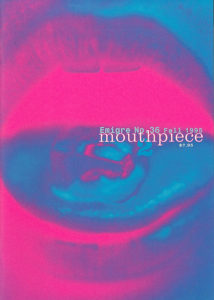
The third collection, the Nicholsloy Studio collection, is nearly processed and will be open soon. This collection includes materials documenting the careers of Sandra and Dave Nichols, correspondence with artists and writers, a collection of zines, and a collection of material related to the Beat Generation.
Please check in regularly to the Archives’ blog for updates on the Pacific Northwest Artists Archive!


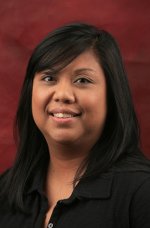 Circulation students arrive 15 minutes before the library officially opens. We go through the building to turn on the computers, printers and other equipment so that they are ready for patrons to use. We also go through and make sure that supplies such as paper and staples are stocked. All of the materials that have been placed in the book drop overnight are checked in and sorted for reshelving. Finally, the bulk of the morning is spent processing Summit materials. We check in and sort all of the MOHL items that are being returned to us. We also receive the materials that Willamette students and faculty have requested from other libraries and place them on the hold shelf for check out.
Circulation students arrive 15 minutes before the library officially opens. We go through the building to turn on the computers, printers and other equipment so that they are ready for patrons to use. We also go through and make sure that supplies such as paper and staples are stocked. All of the materials that have been placed in the book drop overnight are checked in and sorted for reshelving. Finally, the bulk of the morning is spent processing Summit materials. We check in and sort all of the MOHL items that are being returned to us. We also receive the materials that Willamette students and faculty have requested from other libraries and place them on the hold shelf for check out.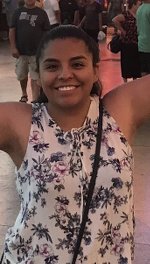 On Friday and Saturday, there are often only a few students using the library. It is mostly quiet on both floors, but walking around to take a headcount encourages student workers to check and see if anything needs to be shelved or cleaned. It is also when we check for any issues with security or equipment. Weekend shifts are a good time to catch up on any shelf reading, organize our work space at the circulation desk, and restock our office supplies. Student managers inform student assistants if there are any special projects that need to be completed, such as taking down or putting up new displays. Making these shifts enjoyable and productive is all about finding balance by dividing the tasks among staff and allowing some down time.
On Friday and Saturday, there are often only a few students using the library. It is mostly quiet on both floors, but walking around to take a headcount encourages student workers to check and see if anything needs to be shelved or cleaned. It is also when we check for any issues with security or equipment. Weekend shifts are a good time to catch up on any shelf reading, organize our work space at the circulation desk, and restock our office supplies. Student managers inform student assistants if there are any special projects that need to be completed, such as taking down or putting up new displays. Making these shifts enjoyable and productive is all about finding balance by dividing the tasks among staff and allowing some down time.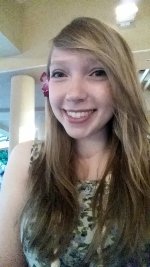 Working the closing shift at the Mark O. Hatfield Library is a very similar process to tucking a child into bed. First, we send home all of the library’s friends with the promise that they may come back tomorrow for more learning and fun. Next, though we don’t use toothbrushes, we help the library stay clean by clearing the whiteboards and picking up any stray books. We then tuck the library into bed, pushing in the chairs and making sure there is no garbage around to give the library nightmares. One simply cannot forget to read the library an exciting bedtime story about taking the final gate count and unlocking the book drop. Finally, we turn off the lights, lock the doors, and say a soft goodnight to our dearest library.
Working the closing shift at the Mark O. Hatfield Library is a very similar process to tucking a child into bed. First, we send home all of the library’s friends with the promise that they may come back tomorrow for more learning and fun. Next, though we don’t use toothbrushes, we help the library stay clean by clearing the whiteboards and picking up any stray books. We then tuck the library into bed, pushing in the chairs and making sure there is no garbage around to give the library nightmares. One simply cannot forget to read the library an exciting bedtime story about taking the final gate count and unlocking the book drop. Finally, we turn off the lights, lock the doors, and say a soft goodnight to our dearest library.


 Winter is coming and we’re not talking about The Game of Thrones. No, we’re talking about the time of year when the days are shorter, the nights are longer, and the weather is cooler. In Salem, it’s a time of blustery days, soaking rains, and perhaps even the occasional snow storm. This time of year can be a wonderful time to head for the coast to watch wild waves while avoiding the summer crowds. If you don’t mind the rain, hikes at Silver Creek Falls can be rewarding–the falls are impressive with all the rain and the crowds are greatly diminished. Or head to the mountain for snow fun of all kinds. It is also prime time for wearing cozy sweaters, sitting by the fire, drinking cocoa, and–you guessed it–reading a good book! If you need some good winter-themed reading material, check out our
Winter is coming and we’re not talking about The Game of Thrones. No, we’re talking about the time of year when the days are shorter, the nights are longer, and the weather is cooler. In Salem, it’s a time of blustery days, soaking rains, and perhaps even the occasional snow storm. This time of year can be a wonderful time to head for the coast to watch wild waves while avoiding the summer crowds. If you don’t mind the rain, hikes at Silver Creek Falls can be rewarding–the falls are impressive with all the rain and the crowds are greatly diminished. Or head to the mountain for snow fun of all kinds. It is also prime time for wearing cozy sweaters, sitting by the fire, drinking cocoa, and–you guessed it–reading a good book! If you need some good winter-themed reading material, check out our 